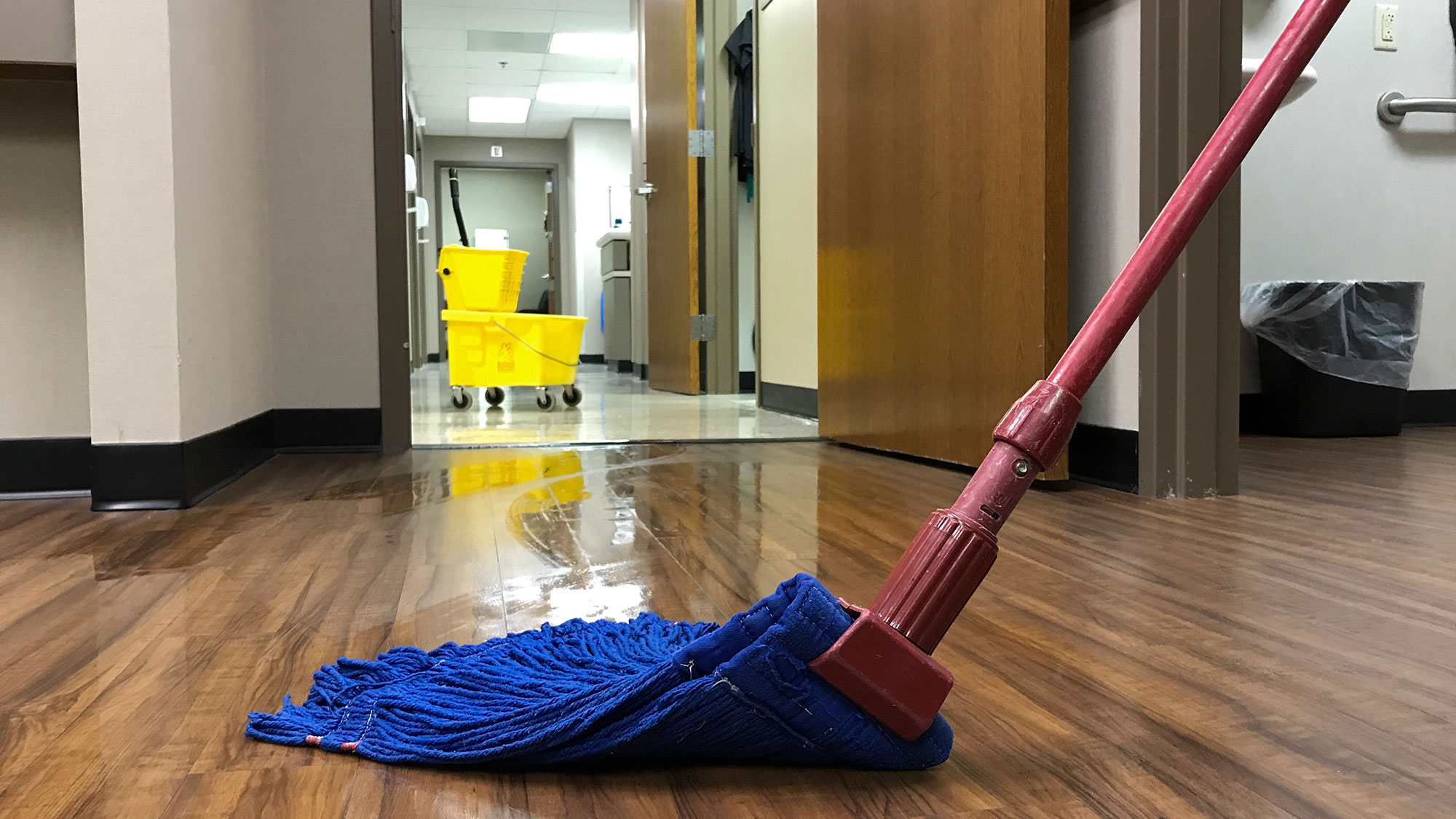Slip and fall accidents are no joke for businesses, employees, and customers. They can be expensive, and in more extreme circumstances can impact someone’s way of life or even result in death. Some quick facts on slip & fall accidents from the National Floor Safety Institute:
- Falls account for over 8 million hospital emergency room visits, representing the leading cause of visits (21.3%). Slips and falls account for over 1 million visits or 12% of total falls.
- Fractures are the most serious consequences of falls and occur in 5% of all people who fall.
- Slips and falls do not constitute a primary cause of fatal occupational injuries but represent the primary cause of lost days from work.
- Falls account for 5% of the job-related fatalities for women compared to 11% for men.
There are many suggested ways of reducing slip and fall accidents in a business, including keeping walkways clear, proper lighting, handrails, cleaning up spills, correct signage, and non-skid rugs. However, one thing you might not immediately think of when it comes to slip and fall accidents are the cleaning process and floor cleaning supplies you’re using.

Cleaning Can Make Your Floor Slippery
If you’re using a cleaner high in detergent or soap, or you’re not using a two-step disinfecting process, this leads to an excess of residue. Some products, such as quaternary disinfectants, are high in residue due to their chemistry. Getting the mix of ingredients just right is the key to an effective cleaning product that won’t leave residue behind.
Two-Step Disinfecting Process
The most common problem is disinfecting surfaces without cleaning first. The CDC recommends a two-step process2. First clean, and then sanitize or disinfect. Too often, businesses are sold a product as a one-application cleaner and disinfectant. It’s important to know the difference between cleaning, sanitizing, and disinfecting. Keep in mind whether your facility needs disinfecting or not, as well. You might be applying a residue-causing disinfectant to areas where it’s not required.
The Right Tools
Dirty mop water and dirty towels can put down more dirt than they pick up; make sure tools are clean and picking up the dirt. One way to assure this is to use a two-bucket method, where one bucket is reserved for the cleaner, and the other is used to rinse a mop of dirt and debris picked up from cleaning. If you’re using a mop, also consider the type of mop being used. Micro-fiber mops are best, as string mops can redeposit dirt and excess soap if they aren’t kept clean and dry. Pre-charged micro-fiber mops (where the mop head is pre-soaked in chemical) often do not pick up dirt well and can lead an excess amount of cleaning product on the floor.